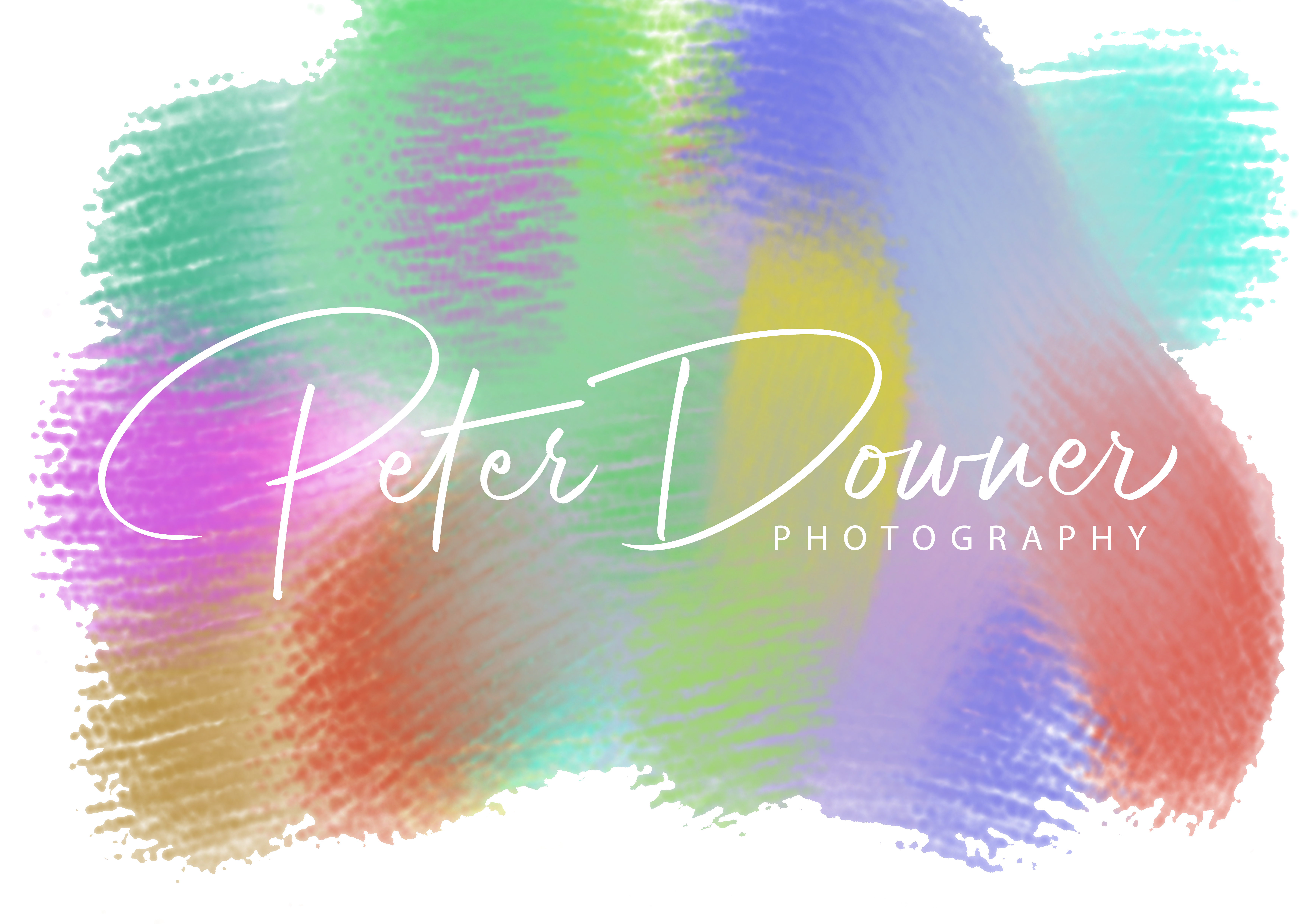Since last week, a few people have ask how the picture of Brighton Pier was edited, so I thought I would try to create a tutorial;
The first step was to actually visit Brighton and take some suitable exposures. The important thing is to gain more than one image with different exposure values. Most enthusiast cameras have a setting called something like auto exposure bracket which will do this automatically. This is what you end up with;













Not quite good enough to add that sort of detail…